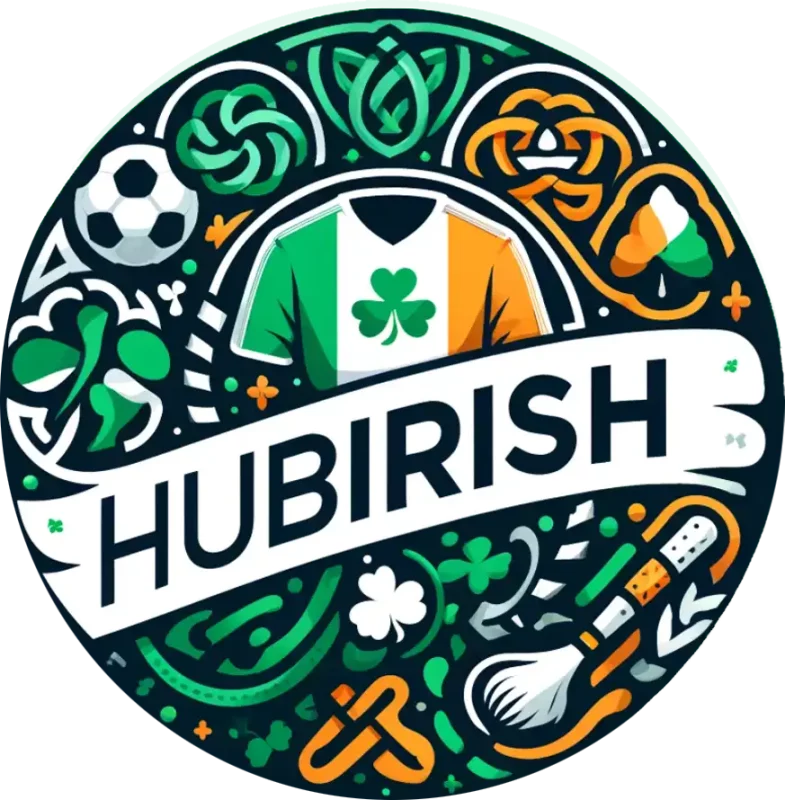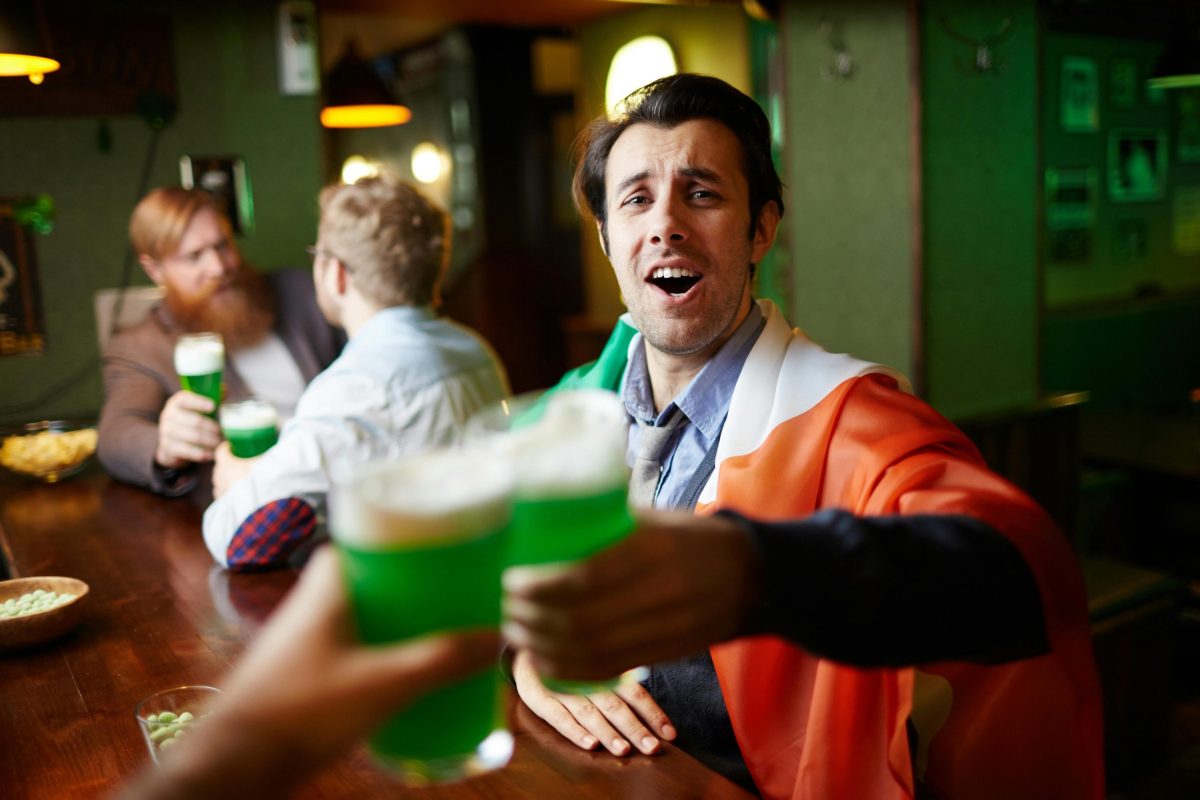Uncategorized
Rebels to Rock Stars: The Dublin Night That Changed Everything
From Rebels to Rock Stars: How One Night in Dublin Ignited a Cultural Revolution
Estimated reading time: 6 minutes
Key Takeaways
- The late 70s Dublin rock scene was pivotal for the emergence of iconic bands.
- Music became a powerful medium for cultural identity and expression.
- The legacy of these artists continues to inspire modern musicians.
Table of Contents
Introduction
The Heart of the Story
The Wider Echo
The Now & The Next
Did You Know?
FAQs
Final Word
Introduction
There’s a fire in the heart of Dublin — a blaze that ignited not just a night of raucous revelry but a revolution in art, music, and the rebellious spirit of a people who’ve known far too much struggle. On a drizzly evening stitched with hope and raw whiskey, Dublin transformed; from cobbled streets echoing the footfalls of our ancestors to the electric hum of artists proclaiming their truth. It was one night that would take the city’s defiance and dress it up as rock ’n’ roll, bloody hell! In this tale, we turn to the grit of the past, breathed into life by the magic of here and now.
The Heart of the Story
Picture this: it’s the late 70s, and Dublin, represented by its magnificent Dublin, was a cauldron of creativity, bubbling anxiously beneath the weight of a tepid economy and political unrest. Enter the rebels of rock music — the ones looking to shake off a history haunted by oppression and embrace a sound that reverberates with their agony and ecstasy. Thin Lizzy were the legends emerging from those smoke-filled pubs, belting out raw poetry against the backdrop of their troubled soil and troubled hearts. Every riff and lyric was a grenade —soaring, bursting, shattering the status quo.
The Wider Echo
This wasn’t just music; it was a movement. Across a divided Ireland, from the shores of Kerry to the plaid-clad streets of Derry, people felt the pulse of something greater. In pubs, classrooms, and under star-lit skies, folks whispered, roared, and connected through melodies. The night awakened a fierce sense of identity that would echo through generations, igniting the flames of both unity and individuality. As one passionate fan once said, “Our troubles are real, but so is our spirit.” These melodies stitched our past to our future, forming a tapestry of cultural pride.
The Now & The Next
And today? You can walk those very streets where the ghost of rebellion mingles with the pulse of modernity. Fast forward to the present, where you see generations of artists reclaiming that audacity. The melodies have evolved, yes, but the spirit remains the same. A young lad in a Kerry jersey in the heart of New York dances to a beat that still reverberates from those Dublin nights. Each note whispers stories of our ancestors, of struggles won and lost, and of pride that refuses to dim. An identity revived, a legacy secured.
Did You Know?
- The Irish rock scene in the late 1970s birthed bands that would gain international acclaim, such as U2, which remain iconic today.
- Many of the songs written during this era stood as anthems for various movements — political and personal —making waves both in Ireland and around the world.
FAQs
What inspired the rise of Irish rock music?
Social upheaval, political unrest, and a longing for expression drove many artists to resonate with the struggles of their people, leading to a vibrant music scene.
How has the legacy of performers like Thin Lizzy influenced modern artists?
Their fearless storytelling and musicality paved the way for a generation of musicians who continue to find pride in their narratives — all throughout the world.
Final Word
So here’s to the rebels turned rock stars, to the magic of that night in Dublin — may we hold onto that spirit, relish in our melodies, and let our stories flow like the finest of Irish whiskey. If you carry the same pride we do, you’ll find a piece of home waiting at
HubIrish.com.

